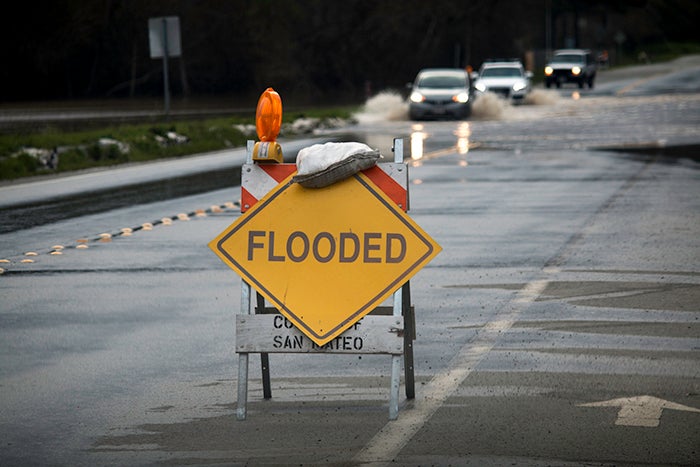
Does media coverage of a natural disaster influence public policy? How are Canadian flood disasters portrayed in the media? These questions inspired a topical study conducted by CCRF leads Jason Thistlethwaite and Daniel Henstra along with Climate Risk Research Group (CCRG) Research Manager Andrea Minano and Doctoral Researcher Truzaar Dordi.
The researchers conducted a content analysis of digital newspaper coverage of 2 flood events in Canada that occurred almost simultaneously in 2013. Torrential rain caused heavy floods in Southern Alberta and the Greater Toronto Area in June and July, affecting multiple municipalities in Calgary and Toronto. The impacts of these flood-related disasters were noted as the country’s most expensive floods to date, inflicting financial losses on homeowners and businesses and triggering massive disaster financial assistance payouts. The study examined whether and how Canadian news media frame flooding as a policy problem and its influence over flood management policy processes.
The analysis revealed that Canadian news stories rarely included content that would influence public policy but rather focused on reporting short term impacts of hazards. Media stories that contained some policy-relevant content temporally categorized into three phases of the disaster policy cycle which focused on;
- planning for future flooding (e.g. residential property protection, government policy to protect from flooding),
- response to a specific flood (e.g. short-term actions for safety, evacuation, sandbagging, volunteers and temporary shelter)
- recovery from a specific flood (e.g. long-term actions for normalcy, rebuilding, retreating, infrastructure restoration).
There was minimal evidence that policy change advocates leveraged post-disaster media publicity on flooding to promote their policy interests. The findings suggest that the media are not an influential actor in flood-related policy debate. Increased frequency of coverage on policy related issues could potentially influence future flood management and decision-making models.
The complete article can be found in the Journal of Regional Environmental Change.